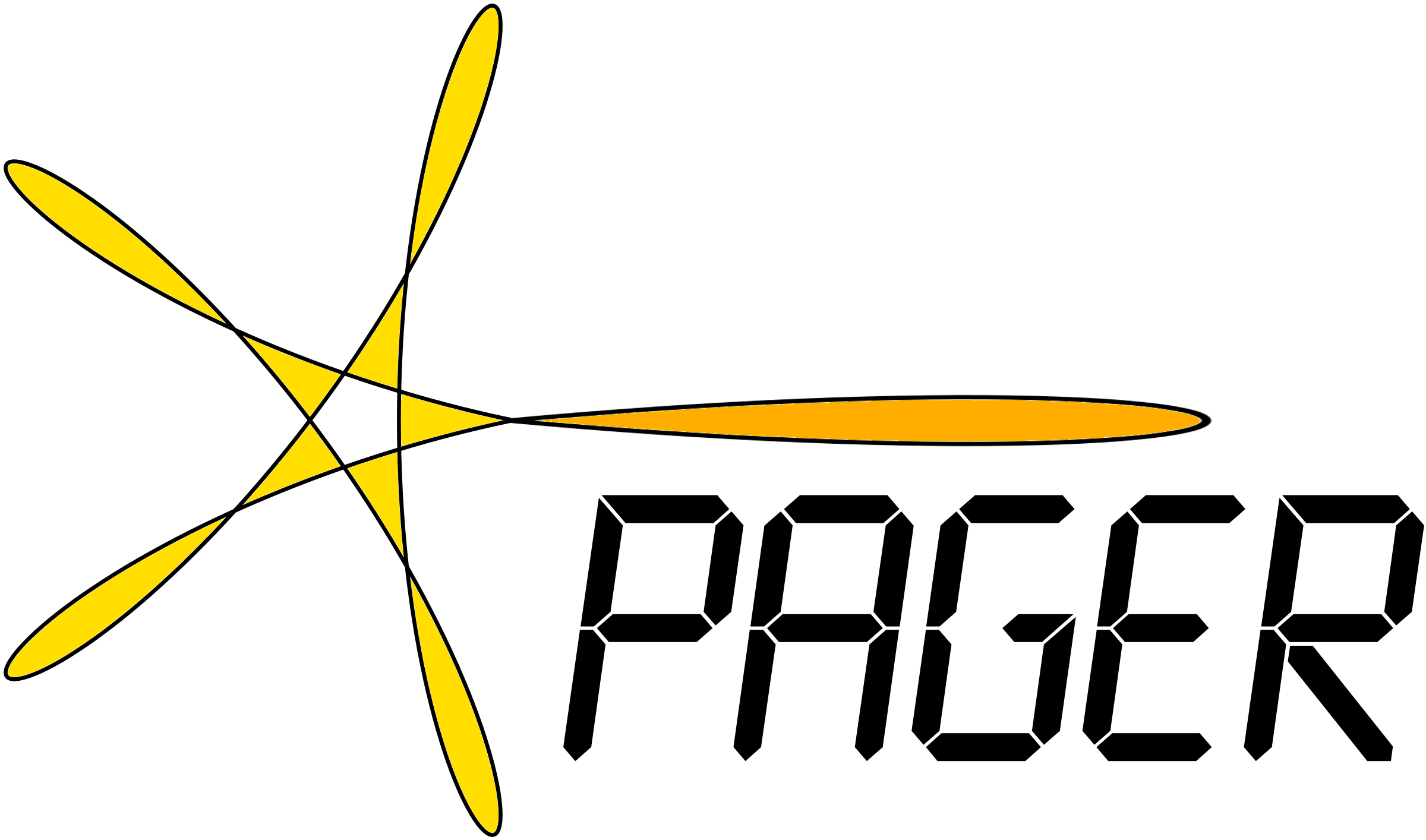Surface Charging Indicators (SCI)
Data Product of WP7

This page gathers the key Surface Charging Indicators (SCI) for the whole set of surveyed Reference Missions. For each Reference Mission and each six-hours time slot, the SCI is symbolised by simple tricolour indicators:
- Green disk means no surface charging risk is expected, according the ECSS standards, i.e. strongest differential charging remains lower than 1kV;
- Orange disk indicates that, if no charging risk is expected, the strongest differential charging is between 1 and 2kV and the system is below the margin recommended by ECSS;
- Red disk means a surface charging risk may occurs, according to the ECSS standards, i.e. one differential charging is higher than 2kV.
The flags are triggered considering if at least ONE of the Charging Models find that the differential potential between two elements of the selected Modelled Platform is upper or lower the ECSS reference threshold voltages.
Download: Surface Charging Indicators data (JSON)
CAUTION: The present service is still currently under validation and results cannot be guaranteed. Please take care as well that the presented risk evaluation is relative to the Modelled Platform and Reference Mission. Actual charging risk depends on the platform design, the selected/sensitive technologies and the mission profile. The actual charging risk may differ for your own mission/modelled system. Please also remind that the risk indicators should be considered as a primary indicator of the charging events occurrence and not an accurate level of charge.
Please see Modelled Platform Review and Caution, Limits and Discussion of Results for results analysis and understanding.
Caution, Limits and Discussion of Results
The charging risk analysis is relative to the Modelled Platforms and Reference Missions. These values should be considered as basic indicator and important shifts might be observed with other platforms and locations in space, especially considering that threshold in charge can be observed depending on the local plasma conditions and the material properties (e.g. effect of the secondary emissions).
Please consider these indications with care. They should be carefully evaluated with you own embedded measurements (if any) to interpret the actually charging risk for your own mission.
NB: This service is still under validation and all results must be considered with care.
Reference Missions
The Modelled Platform is run considering a set of Reference Missions (i.e. orbits). These orbits have been selected to constitute references points for charging analysis, corresponding to existing missions, with embedded plasma instruments for instance, and/or localisations of interests (e.g. Europe/Paris meridian for GEO orbits).
Please consider this carefully for the interpretation of provided forecast with respect to your own mission. Please see the Caution, Limits and Discussion of Results page for further details.
Currently available Reference Missions are:
- GOES 16
- 41866U 16071A 22076.38002431 -.00000251 00000+0 00000+0 0 9995
- 41866 0.0811 288.6024 0000976 94.3574 213.5475 1.00272205 19546
- GOES 17
- 43226U 18022A 22075.69423100 .00000095 00000+0 00000+0 0 9993
- 43226 0.0665 295.8520 0000489 67.6197 283.4909 1.00273044 14847
To improve both high time resolution (i.e. update rate) as well accuracy of results and, by cross-comparison, the general confidence in the final charging risk prediction, the Charging Risk Forecast Service combine different charging models.
- SCOne
In low plasma density conditions (i.e. GEO/MEO), the SCOne code is based on an OML based approach and corresponds of a simplified geometry with isotropic approximation (i.e. homogenous sphere, homogenous/isotropic plasma at rest). SCOne aims to provide a primary quick indictor but with a high-update rate (about one update every 15 minutes) and allow to follow the fast evolutions of the plasma conditions and the rapid charging events. - SPIS
The SPIS code is a full 3D PIC/hybrid code able the to compute dynamically detailed plasma/surface interactions, including on complex and realistic geometries, and provide a fine and accurate computation of the charging process, including eventual differential charging and ESD risks. SPIS aims to give a more accurate and details charging risk evaluation but with a lower update rate (currently about one update every 2 hours).
To draw the actual charging risk factor, it is recommended to carefully consider both results and cross-validate them.
Modelled Platform Review
The differential charging risk is computed considering simplified relevant equivalent systems, with simplified geometries and/or reduced material choices. These simplified platforms generally do not directly correspond to your own system but to configurations where the charging processes can be clearly identified and should be considered as a reference charging markers.
For this reason, the charging risk evaluation should be considered with care, as indicator of occurrences of charging events only, and correspondences to your own platform should be interpreted and calibrated, eventually according to your embedded measurements, if any.
Please note that available Reference Platforms depend as well on the used Charging Models and their underlying limitations and approximations.
GS1 (Double Sphere)
The GS1 Modelled Platform correspond to a system of two spheres of Aluminium (1m radius), one artificially maintained in the shadow (i.e. no emission of photo-electrons), the other one being exposed to the Sun flux at 1AU (i.e. emission of photo-electrons on the exposed hemisphere), as illustrated here below. Secondary emissions are considered as well.
This configuration aims to correspond, and emphasis, the worst configuration between the Sun light and shadow sides of a spacecraft in GEO (e.g. both sides of a solar array). The use of Aluminium aims to emphasis the effect of the secondary emissions and, depending on the profile of the local plasma population, the potential of the shadowed sphere can know important variations by thresholds.
GS1 can be modelled using the following Charging Models:
- SCONE as 0D/OML approach (limited to GEO and MEO orbits);
- SPIS as full 3D hybrid (PIC/fluid) code.
GS1 is based on the following reference charging cases:
- GEO.SURF.001 for SCONE based simulations;
- GEO.SURF.002 for SPIS based simulations.
Please see Caution, Limits and Discussion of Results for further details.

